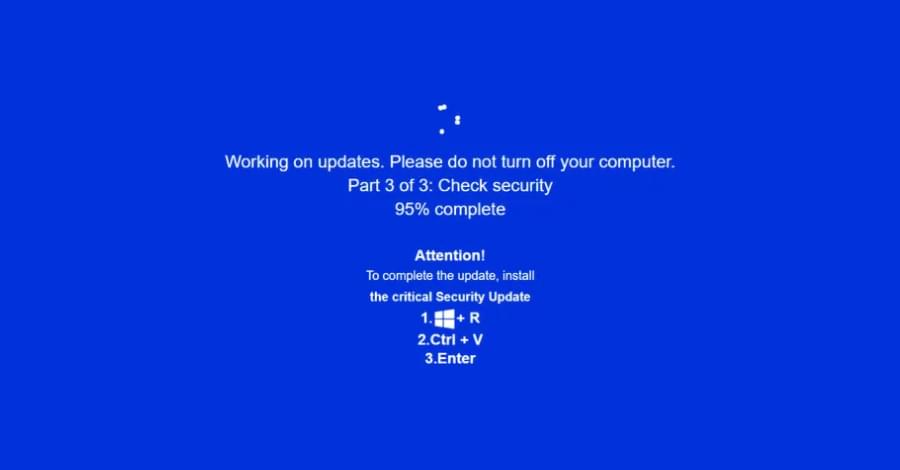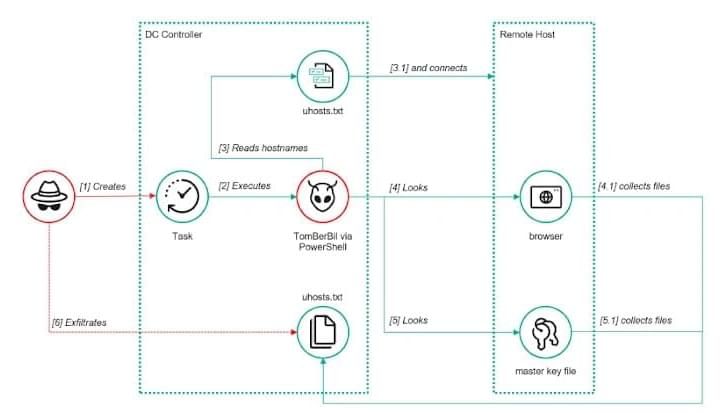“Campaign leverages fake adult websites (xHamster, PornHub clones) as its phishing mechanism, likely distributed via malvertising,” Acronis said in a new report shared with The Hacker News. “The adult theme, and possible connection to shady websites, adds to the victim’s psychological pressure to comply with sudden ‘security update’ installation.”
ClickFix-style attacks have surged over the past year, typically tricking users into running malicious commands on their own machines using prompts for technical fixes or completing CAPTCHA verification checks. According to data from Microsoft, ClickFix has become the most common initial access method, accounting for 47% of attacks.
The latest campaign displays highly convincing fake Windows update screens in an attempt to get the victim to run malicious code, indicating that attackers are moving away from the traditional robot-check lures. The activity has been codenamed JackFix by the Singapore-based cybersecurity company.









